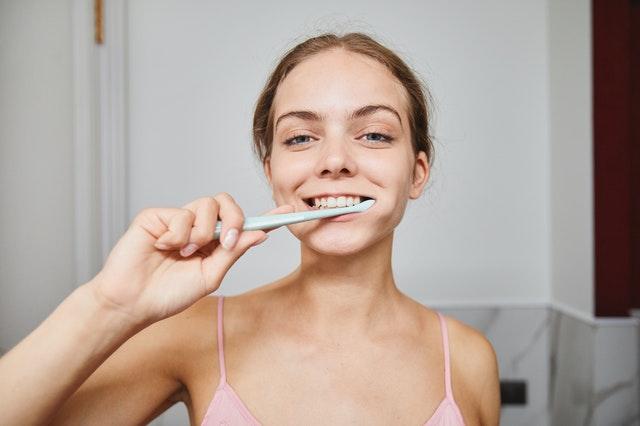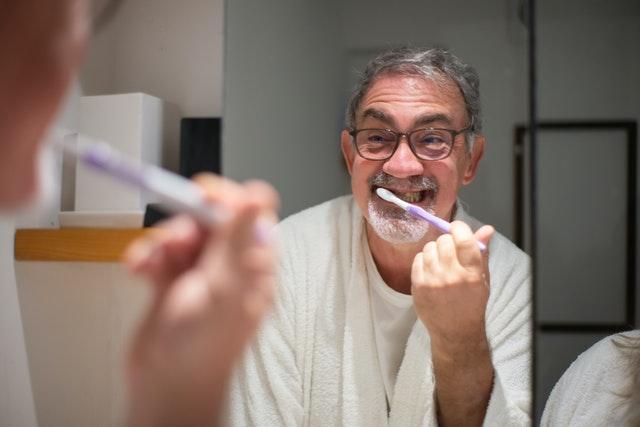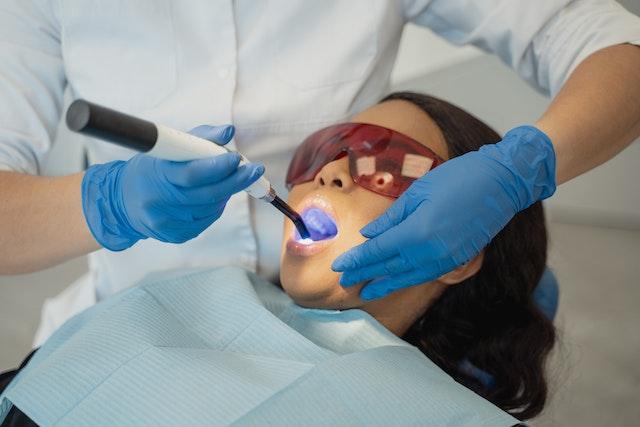How to Stop Bleeding Gums From Brushing
Good brushing habits are key to stopping bleeding gums from brushing. Around 50% of adults experience bleeding gums in their lifetime. Bleeding gums from brushing can occur for a number of reasons, but stopping this from happening can be achieved.
This article will outline reason why you’re experiencing bleeding gums from brushing, how to prevent it in the future, and how to achieve some relief now.
Table of Contents
Bleeding Gums from Brushing: Understanding the Stages of Gum Disease
If you’re experiencing bleeding gums from brushing, chances are you are starting to develop an early stage of gum disease. Bleeding from gums after brushing is a very common symptom of gingivitis and needs to be dealt with.
Understanding the stages of gum disease will help you figure out why you’re bleeding from gums after brushing, what stage of gum disease you might be in, and what you need to do in order to fix it.
Here are the 4 stages of gum disease:
- Gingivitis: This is the initial stage of gum disease. Bleeding gums from brushing is very common at this stage. At this point, reversing gum disease is 100% possible. The gums will start to appear darker and bleed when touched.
- Slight Gum Disease: If gingivitis is left untreated, the bacteria will start affecting the bone that supports the teeth. The bacteria become more aggressive and can increase bleeding and gum sensitivity. This stage is still manageable.
- Moderate Gum Disease: The destructive bacteria in the mouth will progress and continue to promote bone loss. The harm to the bone is irreversible and the gum disease becomes chronic. Because the gums and supporting bone are compromised, tooth sensitivity is common.
- Advanced Gum Disease: This is the most severe of the gum disease stages. The percentage of bone loss is over 50% and teeth become mobile and sensitive. Halitosis, or chronic bad breath, will be present and difficult to manage.
For additional information, check out The 4 Gum Disease Stages.
Why Bleeding from Gums After Brushing Occurs
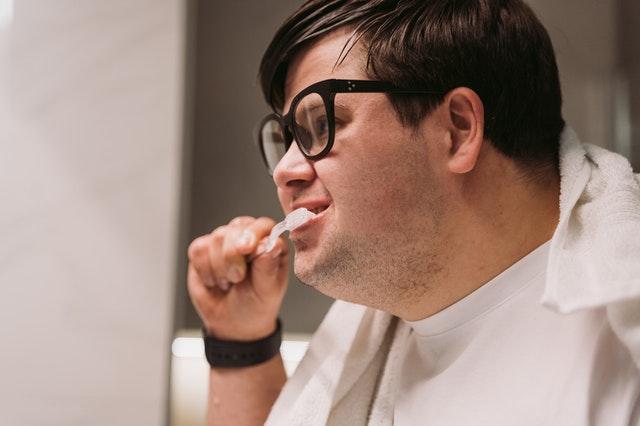
There are over 6 billion types of bacteria that live in your mouth. Bacteria in the mouth will cause gum disease and cavities if the teeth are not properly cleaned by daily brushing and flossing.
Inflamed gums associated with gingivitis may cause bleeding gums from brushing. This is very common when you start to develop gingivitis.
Healing Bleeding Gums From Brushing
The best way to heal bleeding gums from brushing is actually quite simple and straight forward. The better your overall oral health, the less likely you are to experience bleeding from gums after brushing or gum discomfort of any kind.
Here are 3 simple steps you can take to help improve your oral health and lessen the chances of developing bleeding from gums after brushing:
- Practice Oral Hygiene: Brushing and flossing your teeth daily is important to remove food, plaque, and bacteria from your mouth. Brush 2 times a day for 2 minutes and floss at least every night.
- Anti-gingivitis dental products such as toothpaste and mouthwash contain active ingredients to help target the bacteria that aid bleeding gums.
- Get Frequent Dental Cleanings: Your dental hygienist will remove the food, plaque, and bacteria on your teeth and in the surrounding gum pockets. This will help heal the gum tissue and decrease bleeding gums.
- Visiting the dentist for cleanings every 4 months instead of every 6 may be needed to effectively heal the gums.
- Increase Your Water Intake: Frequent sips of water helps neutralize bacteria, wash away acid, prevent dry mouth, and keep you hydrated. Drinking water throughout the day will help reduce bleeding gums.
Our Healthy Smile Guide has more tips to heal bleeding gums.
The Right Toothbrush Will Help Stop Bleeding from Gums After Brushing
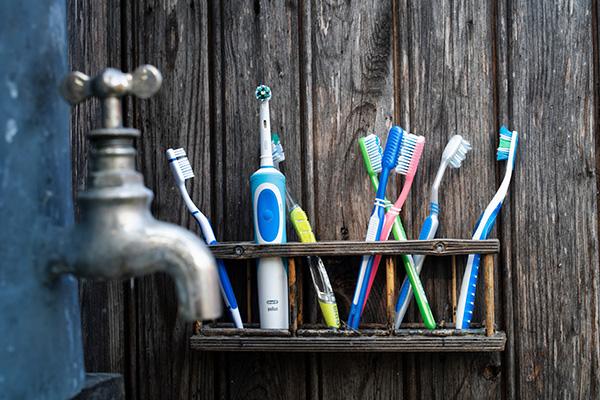
A well-established oral hygiene routine will help keep your smile healthy and strong. Preventing bleeding gums from brushing includes choosing the right toothbrush for your individual smile.
- The American Dental Association recommends you brush 2 times a day for 2 minutes.
- Always choose a soft-bristled toothbrush. Change your toothbrush every 3-4 months to ensure the bristles remain in the best shape.
- Hold the toothbrush bristles at a 45-degree angle toward the gum line. Use short back and forth strokes on the outside, inside, and chewing surface of the teeth.
- An electric toothbrush is more efficient than a manual toothbrush. It will also protect your gums by preventing recession. Check out our article Electric Toothbrush Benefits for more tips.
Frequently Asked Questions
What causes my gums to bleed when I brush my teeth?
Bleeding gums from brushing occur due to active bacteria that are thriving in your mouth. Bacteria in soft plaque and calculus (hardened plaque) need to be removed in order to heal. Diet, dry mouth, and medications can also influence bleeding gums and bacteria. Consult your dental professionals to help heal the gums.
Should I keep brushing if my gums bleed?
Yes! Brushing 2 times a day for 2 minutes and flossing daily is key to healing bleeding gums. Use a soft-bristled toothbrush with gentle strokes to prevent further irritation of the gums.
Take Home Smile Store
Visit our Take Home Smile store for educational brochures and other fun printables to help with oral hygiene. All products can be customized to fit your dental needs.

